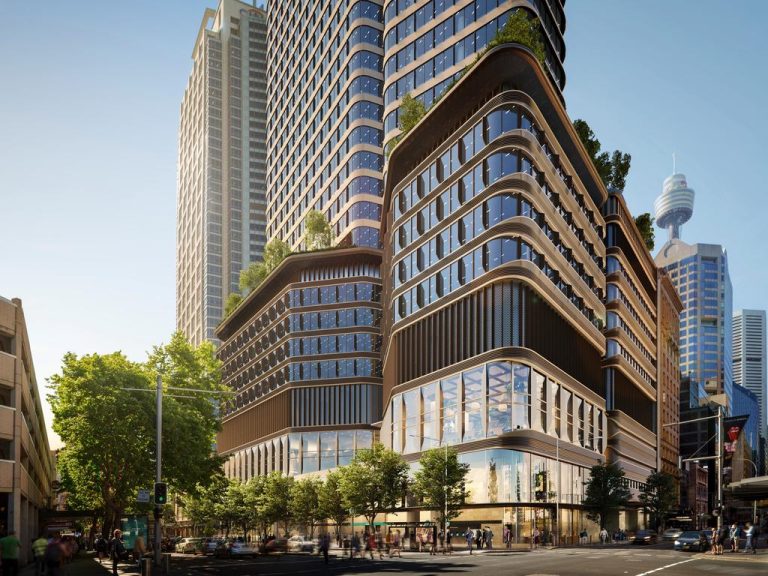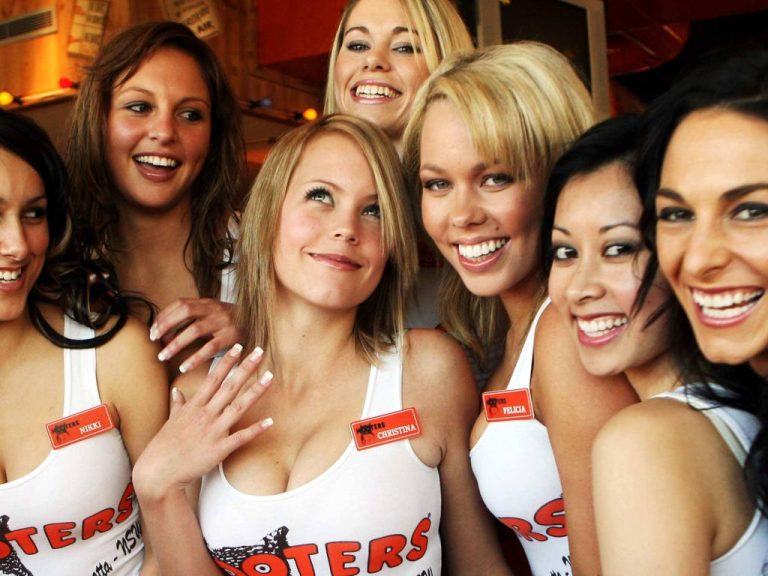Retirement sector rebuilds for a new generation
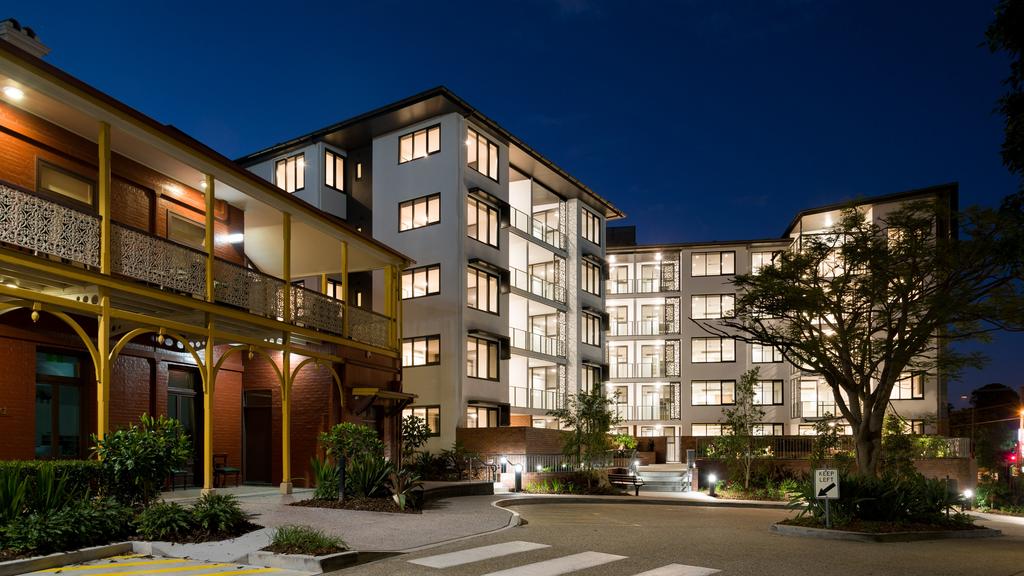
The Clayfield Aveo Sellwood building.
The coming decade is set to be one of opportunity and reinvention for the retirement living sector as it looks to provide a lifestyle to a new demographic of older Australians.
The sector has been forced to recalibrate following a tumultuous period of legal trouble and the pandemic. But it is well positioned, with operators starting the 2020s with “functional vacancy” at about 3 per cent ahead of what could be a period of significant growth in demand.
The big driver is Australia’s ageing population.
Over the next decade, the number of Baby Boomers passing retirement age is set to increase by 50 per cent, according to demographer Simon Kuestenmacher, with the number of over 75s rising from 1.21m to 2.1m. The Demographics Group co-founder said the group would expect more than their predecessors.
“It’s this hyper, hyper individualistically minded generation that probably resents any kind of suggestion that it will ever die,” Mr Kuestenmacher said.
“They’ll reinvent ageing. I would assume that we are now in a transformation of retirement living.” Retirement living providers say they are up to the challenge, with the pandemic and other major obstacles forcing some of Australia’s biggest players to rework their operations.
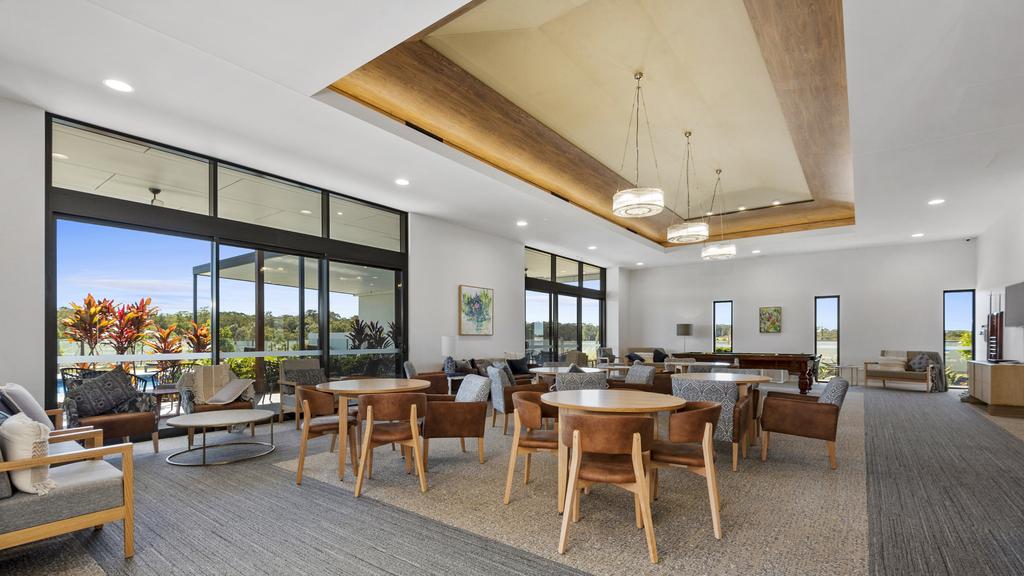
Community facility at Aveo Sunset Palms.
Some have got out. Stockland sold its retirement living business to Swedish investor EQT Infrastructure for $987m last year.
And others are selling down, with Lendlease offloading stakes in its $2bn business to Aware Super and APG Asset Management and has rebranded to Keyton Group as it is reshaped.
The one-listed Aveo was purchased by Canadian firm Brookfield Asset Management in 2019 for $1.2bn, with chief executive Tony Randello appointed in 2020.
The retirement veteran expects a significant shortage to emerge in the coming years if action isn’t taken now.
“There’s a misconception that the sector is about property and as a result, it’s an investment but the only concept of investment we have is into a lifestyle,” Mr Randello said.
“If we don’t do something dramatic on the supply side to make it easier for retirement living operators to continue to do what they’ve been doing for decades, which is age-appropriate accommodation with supportive services – and we don’t make it easier for (Baby Boomers) to downsize into making what is a better decision for them and our economy – then we’re going to struggle to meet that demand,” Mr Randello said.”
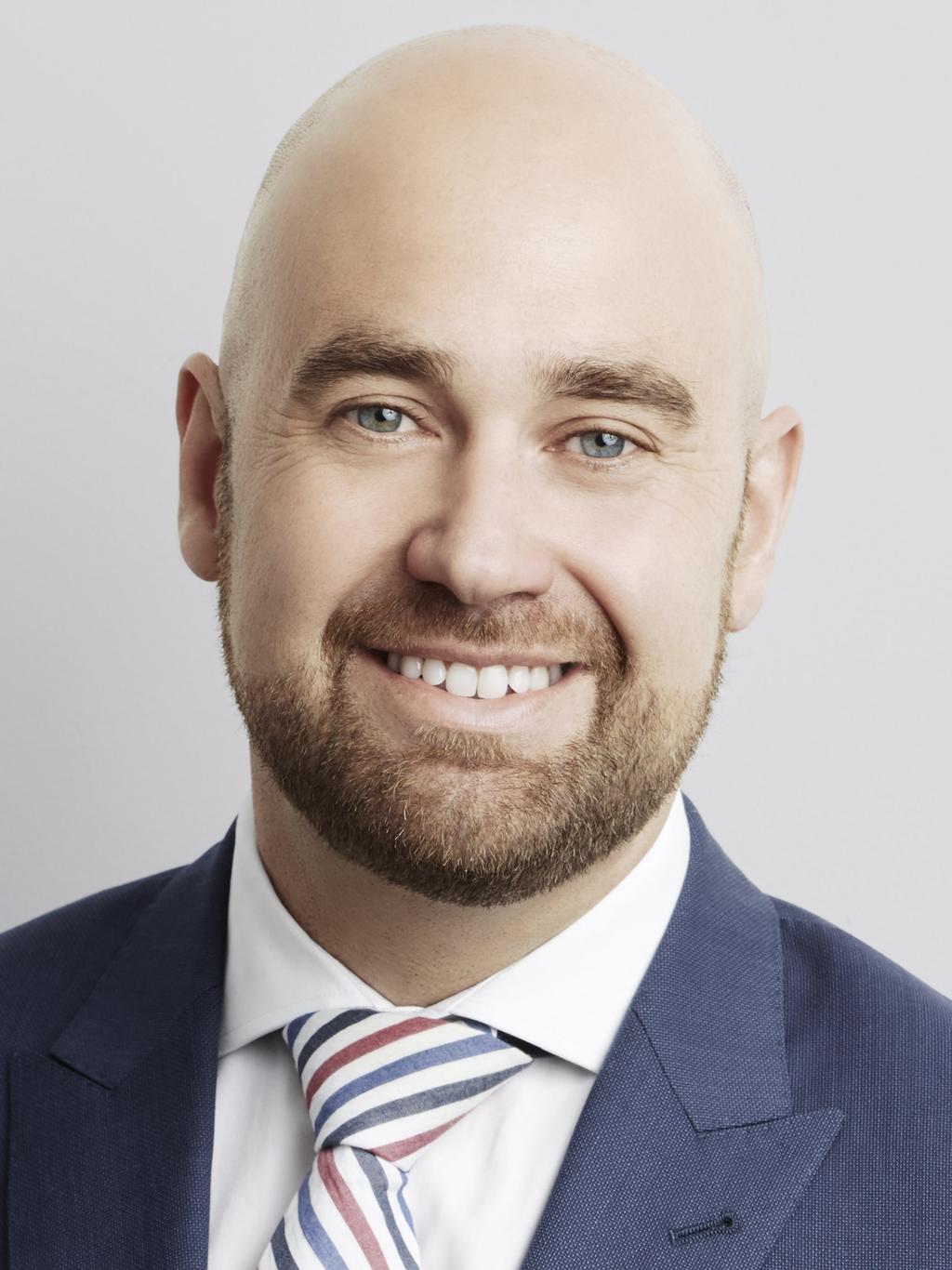
Aveo CEO Tony Randello. Picture: Supplied
The refreshed Keyton Group is now looking to expand its portfolio from 13,000 to 20,000 dwellings in the coming years.
The brand – backed by owners Aware Super, APG Asset Management and Lendlease – has today rebranded from Lendlease Retirement, and ongoing CEO Nathan Cockerill noted the sector has some work to do in educating the broader public about what it offers.
“We need to better articulate independent living in the right sizing space for people that are over 55 on the move into our community and also what that gives to that individual,” he said.
“It gives them a very connected lifestyle, through safety, security and productivity with a lot of people like-minded people who have the same era as them, and like the same things as them as well.”
Keyton is currently working on sites at Richmond in Melbourne and Ascot in inner-city Brisbane, while Aveo has recently topped out the current stage of its expansion in Carindale in southside Brisbane and is completing a series of villas at Sunset Palms on the Sunshine Coast.
Others are going vertical with BaptistCare NSW & ACT working to complete a masterplan in Sydney’s Macquarie Park.
Mr Cockerill said more retirement living options were likely to be built sky-high rather than in sprawling village-type settings, but that willould all depend on the availability of land, the lifestyle demands of the cohort and the location.
“You build the product to what the demographics want in that area at the end of the day,” he said.
“Our customer buys around a five to 10km radius from where they’re used to being. If that’s on the outskirts of suburbia, I’d say an apartment block wouldn’t work and so, therefore, I have the broad acreage at the end of the day.”
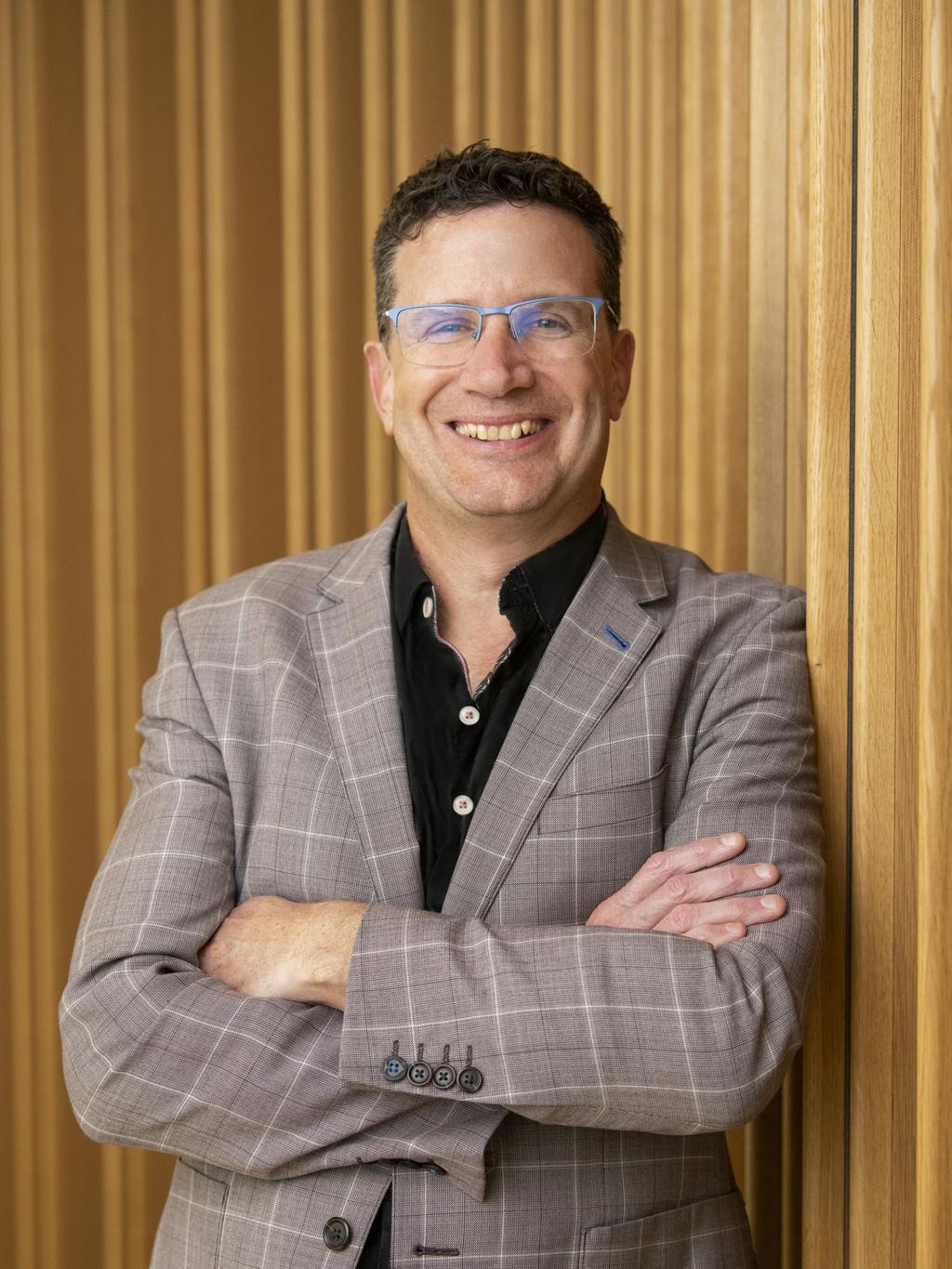
Keyton CEO Nathan Cockerill. Picture: Supplied
Councils are also beginningstarting to recognise the importance of diversified asset types in their communities.
Ipswich City Council, southwest of Brisbane, made the move to waive development application fees for retirement living projects in the region, which is flagged for significant growth over the coming decade.
A growing number of residential developers are also looking to sell off their land banks to retirement living providers against the backdrop of challenging conditions for the industry, said Mr Cockerill.
“We’re actually seeing resi-developers come to us now given it’s a little bit nervous in the resi-market, and those people that have land-banked over a period of time … see the opportunity in retirement living,” he said.
“They are looking to talk to operators like us around the possibility of us acquiring that land to develop.”
Mr Randello, who also chairs the Property Council’s Retirement Living Council, said greater government support was needed in the sector.
The 15 per cent pay increase for aged care workers announced in the federal budget does not extend to retirement living providers as it falls out of aged care.
The industry leader said this leavesft operators to cover the additional costs to remain competitive.
“I’d love for governments and stakeholders to look at retirement living to say, this is the best possible scenario for my elderly parents, for my elderly uncles or aunty, for myself,” Mr Randello said.
“Right-sizing” is also expected to have broader implications for Australia’s housing by freeing up tightly-held family-sized homes.
During the 2022 election, then-Prime Minister Scott Morrison tried to appeal to empty-nesters to downsize from their homes with attractive superannuation concessions in a bid to help ease housing affordability challenges.
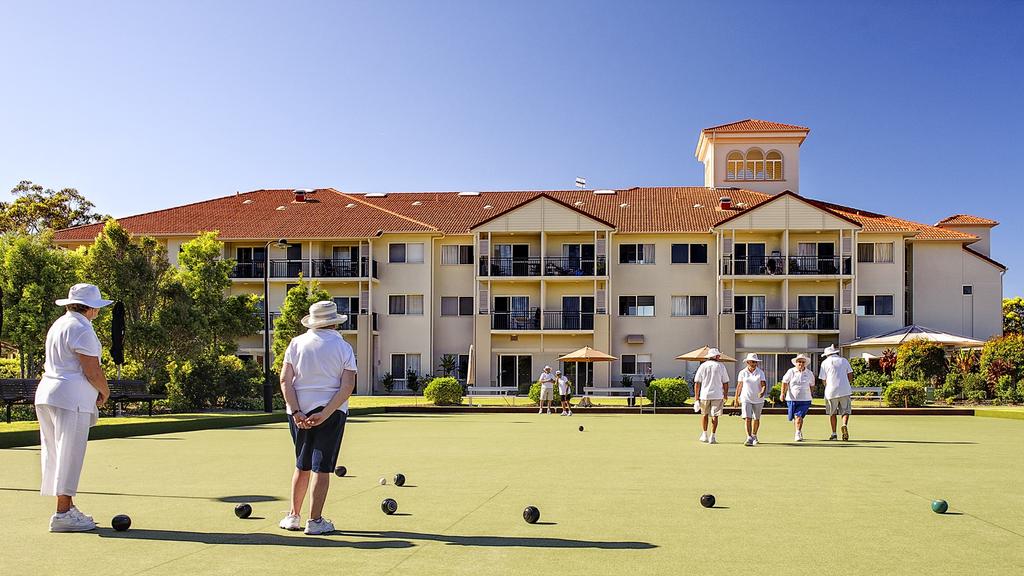
Aveo retirement village residents playing bowls.
A 2021 report by PwC found the average two-bedroom unit in retirement living is priced about 55 per cent below the median house price.
Mr Randello said: “Basically, you are buying accommodation at a 45 per cent discount to what you would buy a house for. Why is that important?”
“Well, it’s basically saying you can put that money in the bank if you want and spend that on yourself and that could be, you know, for entertainment, holidays or health care.”
While the portion of older Australians is growing, demographer Mr Kuestenmacher wasn’t sold on the idea that all willould be open to selling their family homes and downsizing.
“My question would be, do we have any evidence whatsoever that Australians can be, through incentives, pushed into making house decisions?”


